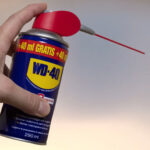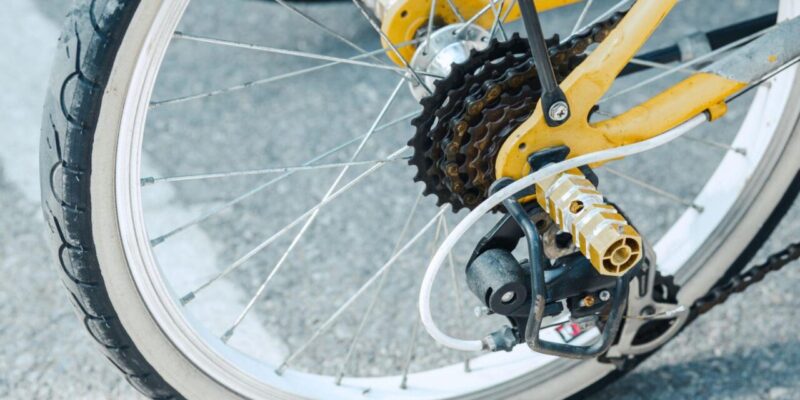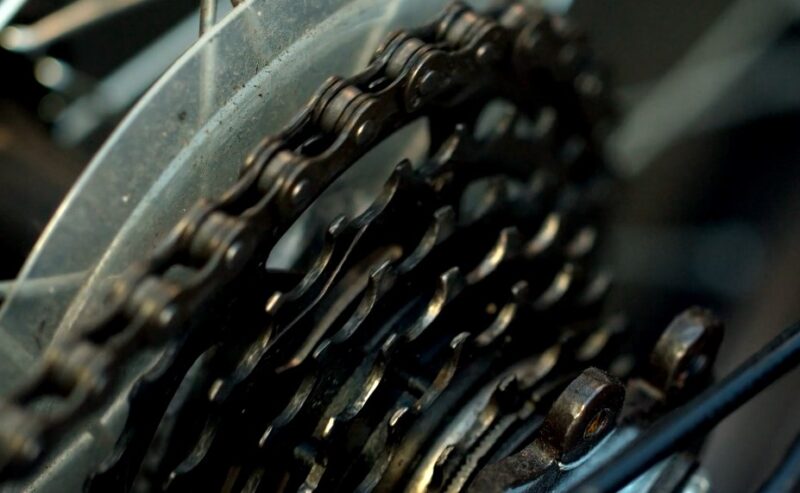
Cycling enthusiasts, have you ever noticed your bicycle chain transforming into a murky, blackened state? This discoloration can be quite concerning, raising questions about the overall health and performance of your bike.
Yet, fear not, for the reasons behind this phenomenon are not as mysterious as they may seem. In this article, we’ll uncover the causes of this blackening and provide you with expert tips to maintain a gleaming, well-functioning chain.
Your bicycle’s chain is the unsung hero of your ride, responsible for transferring the power from your pedals to the rear wheel.
Over time, this hardworking component can accumulate grime, debris, and oxidation, leading to a less-than-desirable appearance. However, this blackening is often a natural byproduct of the chain’s normal operation and does not necessarily indicate a problem.
Key Takeaways
- Bicycle chains can turn black due to a combination of environmental factors and normal wear and tear.
- Proper maintenance, including regular cleaning and lubrication, is essential for keeping your chain in top condition.
- Discoloration does not always mean your chain is damaged or needs replacement, but it’s important to address the issue to maintain optimal bike performance.
- Investing in the right cleaning tools and supplies can make the process of maintaining a spotless it quick and easy.
Why Does it Occur
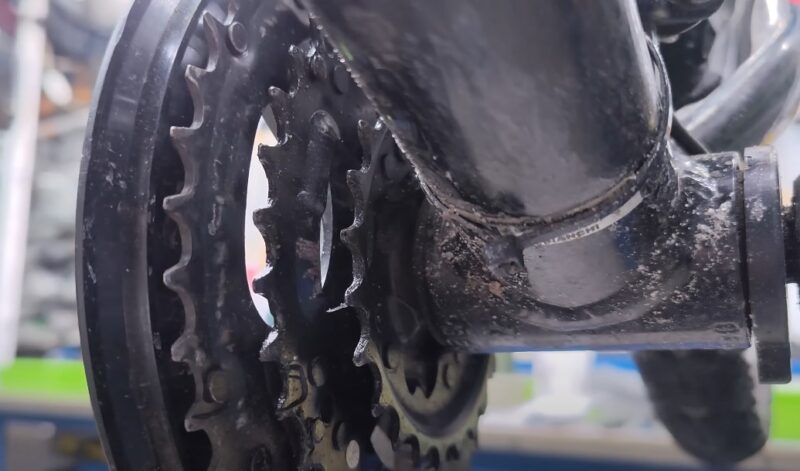
Have you ever wondered why your once-shiny bicycle chain turns a dull, blackened hue over time? The answer lies in the intricate interplay of environmental factors and the natural wear and tear of this crucial component. Understanding the root causes behind this discoloration is the first step in maintaining a well-functioning and visually appealing bicycle.
The Reasons Behind Discoloration
The primary reason for the blackening of your bicycle chain is the accumulation of dirt, grime, and oxidation. Your chain is exposed to a variety of environmental elements, such as dust, mud, and moisture, all of which can contribute to the darkening of the metal over time.
The constant friction and chain wear and tear can lead to the breakdown or even chain popping off, further exacerbating the issue.
The Impact of Environmental Factors
The environment in which you ride your bicycle plays a significant role in the reasons for discoloration. Riding in wet or dusty conditions, for example, can accelerate the buildup of contaminants on the chain, leading to a more rapid deterioration of its appearance and performance.
Similarly, exposure to saltwater or other corrosive substances can also contribute to wear and tear, causing the metal to oxidize and turn a darker hue.
Maintaining a regular cleaning and lubrication routine is crucial for keeping your bicycle chain in optimal condition and preventing unwanted environmental factors from taking their toll. By understanding the underlying causes of chain discoloration, you can take proactive steps to preserve the longevity and appearance of this essential bicycle component.
A Guide to Proper Maintenance
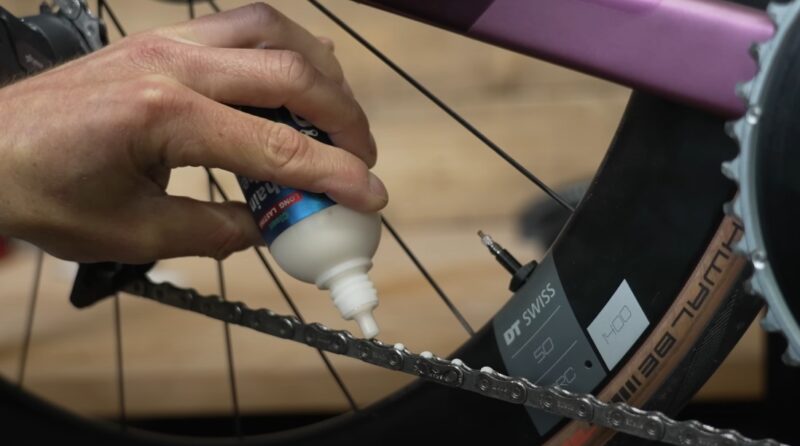
Maintaining your bicycle chain is crucial for optimal performance and longevity. By following a consistent maintenance routine, you can keep your chain in top condition, minimize friction, and ensure the overall efficiency of your bike.
Regular Cleaning and Lubrication
The first step in proper bicycle chain maintenance is to regularly clean and lubricate the chain. Over time, dirt, grime, and debris can build up, causing the chain to become stiff and wear down prematurely.
To clean it, use a degreaser and a soft-bristle brush to remove any built-up residue. In some cases you can even use WD-40, however, that is not the solution.
Once clean, apply a high-quality bicycle chain lubricant to ensure smooth operation and prevent corrosion.
Monitoring Wear
It’s important to regularly check the wear and tear. As it stretches and the links become worn, it can affect the overall performance and efficiency of your bike. You can use a wear indicator tool to measure the chain’s elongation and determine when it’s time for replacement.
| Maintenance Task | Frequency |
|---|---|
| Clean and Lubricate | Every 100-200 miles |
| Check Wear | Every 500-1000 miles |
| Replacement | When wear indicator reaches 0.75% or 1% |
Cleaning Your Bicycle Chain
Maintaining a clean and well-lubricated bicycle chain is essential for optimal performance and longevity. By investing a little time and effort into this crucial task, you can ensure your bike runs smoothly, efficiently, and quietly.
Essential Tools and Supplies
To clean your bicycle chain effectively, you’ll need a few key items: a chain cleaning tool, a degreaser or bike-specific cleaning solution, a clean rag, and a lubricant.
The cleaning tool helps you thoroughly scrub the links, while the degreaser or cleaning solution dissolves built-up grime and debris.
The clean rag is essential for wiping away the dirt, and the lubricant keeps your chain running smoothly after the cleaning process.
Step-by-Step Guide to a Spotless Chain
Begin by shifting your bike’s chain to the smallest chainring and the smallest cog on the rear cassette. This will give you the most accessible and manageable length to work with. Use the cleaning tool to gently scrub each link, ensuring you reach every nook and cranny.
Apply the degreaser or cleaning solution as you go, allowing it to penetrate and loosen the built-up grime. Once it is thoroughly cleaned, use the rag to wipe away any remaining dirt and residue. Finally, apply a thin layer of lubricant, ensuring each link is evenly coated.
With your bicycle chain sparkling clean and well-lubricated, you’re ready to hit the road with confidence.





